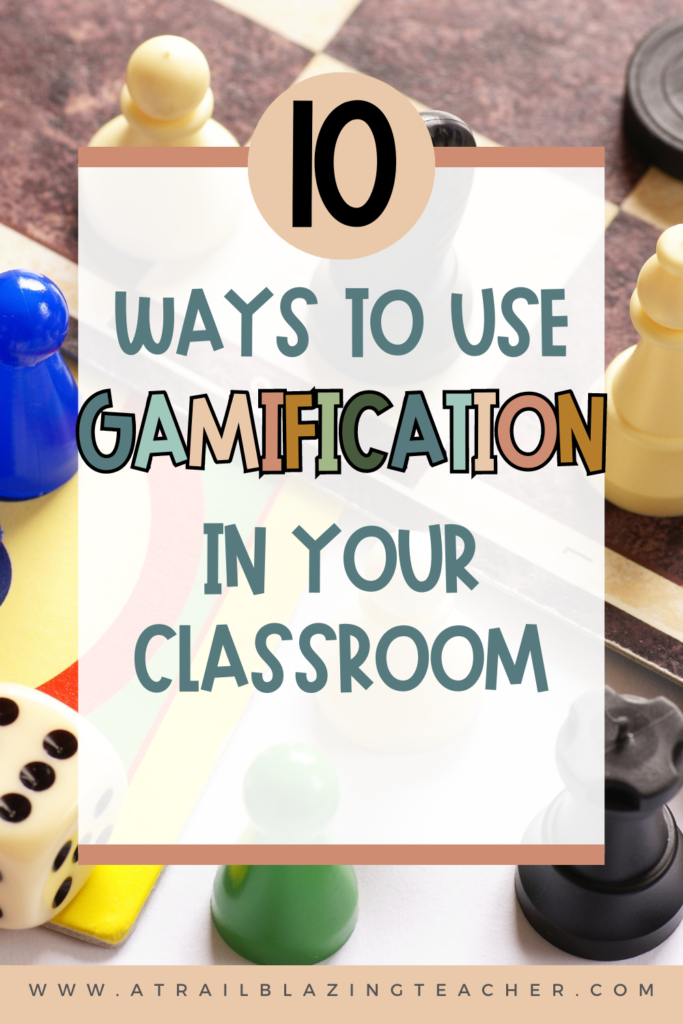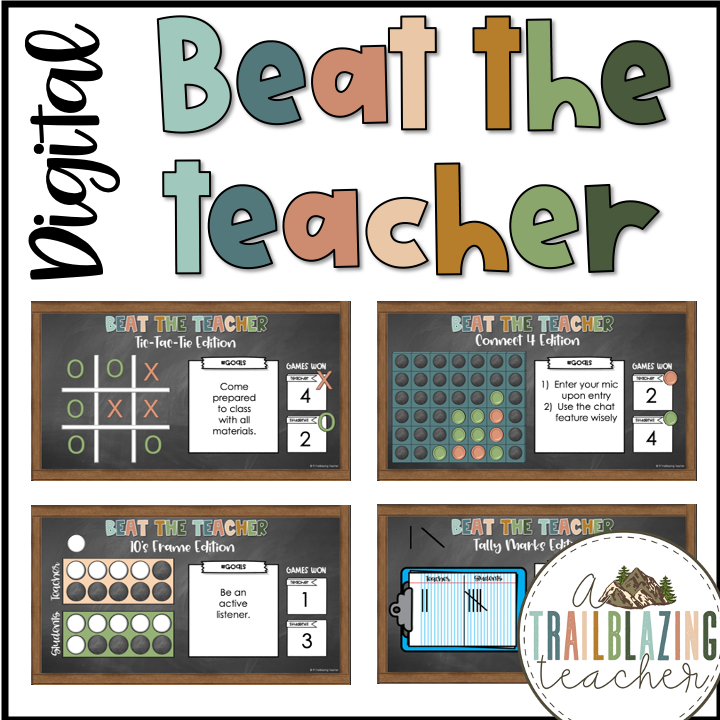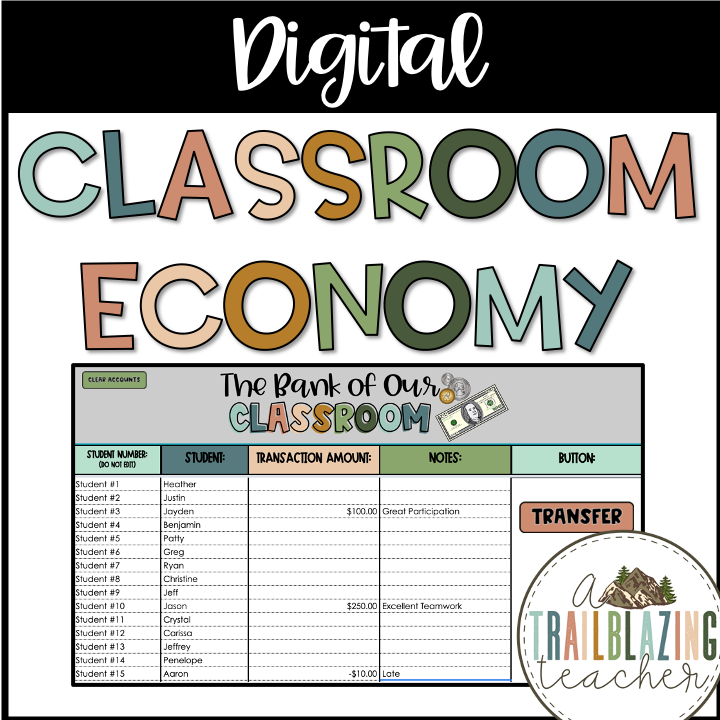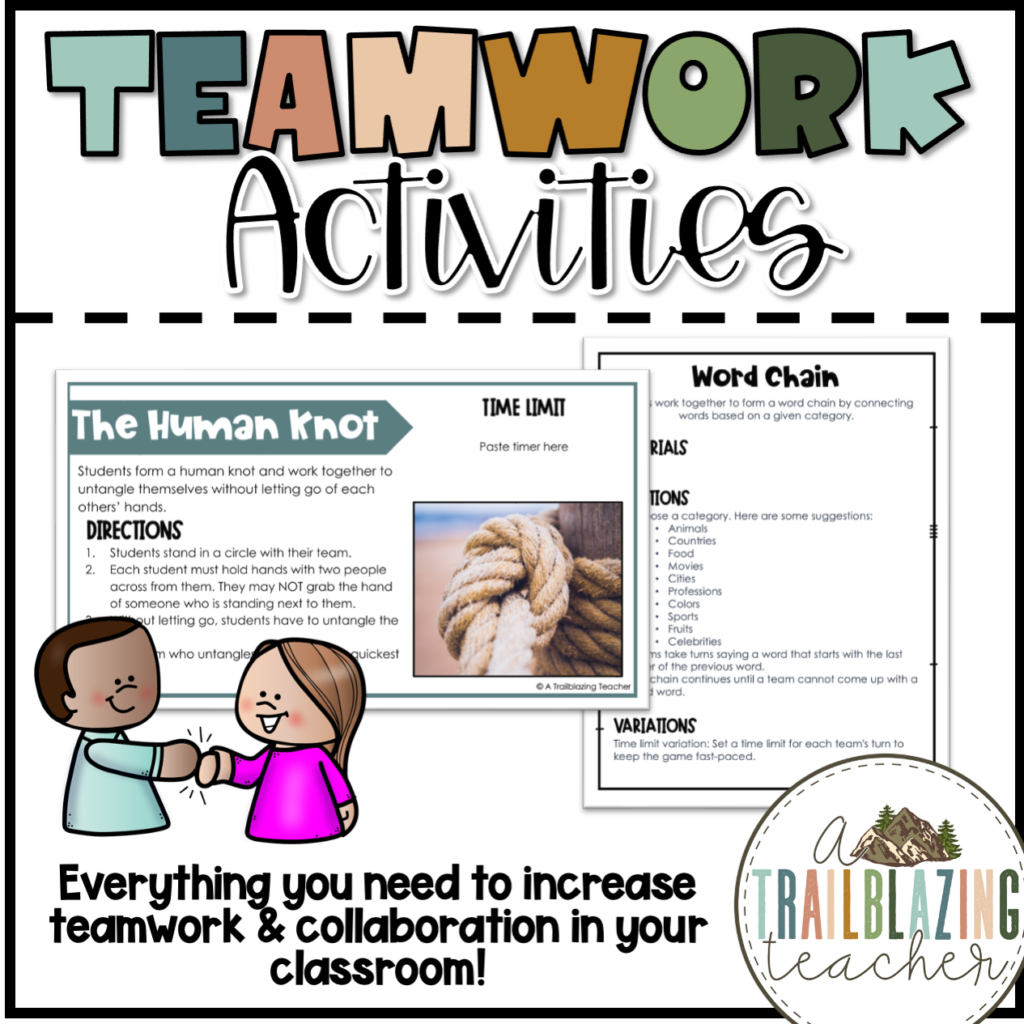
Hello, amazing educators!
Today, let’s explore the playful side of teaching by integrating games into our classrooms. Games are not just for fun; they’re powerful tools for engaging students, enhancing learning experiences, and making education an adventure. Here are ten creative ways to use games in your classroom, turning every lesson into an opportunity for discovery and joy.
1. Point System
How to Use: Create a point system for classroom tasks, participation, and achievements. You can incorporate point systems for individual students, table groups, or even for the whole class like Beat the Teacher games.
Why It Works: It motivates students through a visible representation of their efforts and achievements.

2. Educational Board Games
How to Use: Introduce board games that complement your curriculum! Many games help develop students’ skills in language, math, social studies, critical thinking, and even sequencing. Think about Bananagrams, Scrabble, and even Risk! Check out a list of games I recommend here.
Why It Works: These games not only help students develop skills, but they also make learning fun and encourage cooperative play.
3. Digital Learning Platforms
How to Use: Use platforms like Kahoot, Quizziz, and Blooket for interactive quizzes and games that are curriculum-aligned.
Why It Works: Digital games cater to tech-savvy kids and provide instant feedback, enhancing learning.
4. Classroom Economy
How to Use: Implement a classroom currency system for rewards and responsibilities.
Why It Works: Teaches financial literacy and responsibility, and makes everyday tasks more engaging.

5. Role-Playing Games (RPG)
How to Use: Turn subjects into adventures where students ‘level up’ by mastering skills or completing tasks.
Why It Works: RPGs stimulate imagination and help students understand and retain complex topics.
6. Mystery and Quests
How to Use: Create mystery-solving activities or quests like escape rooms related to your lessons.
Why It Works: Encourages critical thinking and problem-solving, making learning an exciting challenge.
7. Interactive Technology
How to Use: Incorporate interactive technology and platforms into lessons for interactive activities. Nearpod and Pear Deck are great options for this!
Why It Works: Enhances engagement with tech tools and makes learning more dynamic.
8. Creative Art Projects
How to Use: Combine art projects with storytelling or subject-based themes in a game-like format.
Why It Works: Encourages creativity and allows students to express understanding in diverse ways.
9. Team Challenges
How to Use: Foster teamwork with group challenges related to your lesson content.
Why It Works: Promotes social skills and collaborative learning, making challenges more engaging.

10. Physical Activity Games
How to Use: Implement games that incorporate physical activity, like a math relay race.
Why It Works: Keeps students active and engaged, and reinforces learning in a fun, energetic way.
Incorporating games into your classroom is not just about making learning fun; it’s about creating an environment where education is an exciting, interactive, and meaningful journey. Whether you’re using board games, digital tools, or creative role-play, the goal is to enrich the educational experience in a way that resonates with your students. So, let’s roll the dice, and make learning an adventure!
Have you tried using games in your classroom? Share your experiences and ideas in the comments. Let’s learn from each other and keep the fun in education!

![Google Keep Headers: organization for OT, PT, SLP These Google Keep headers are the perfect thing to transform your [never ending] TO-DO list into perfectly organized categories. Best part its designed for school-based / pedi OTs (& other related service providers). The colors coordinate with the colors that are already in Google Keep. Aesthetic & functional = an OT win. Google Keep is a great way to keep your notes on all your devices (keep in mind you DO need a google account in order](https://i.pinimg.com/236x/0d/d7/49/0dd74972ac163c3fab14f15cdd154b84.jpg)







